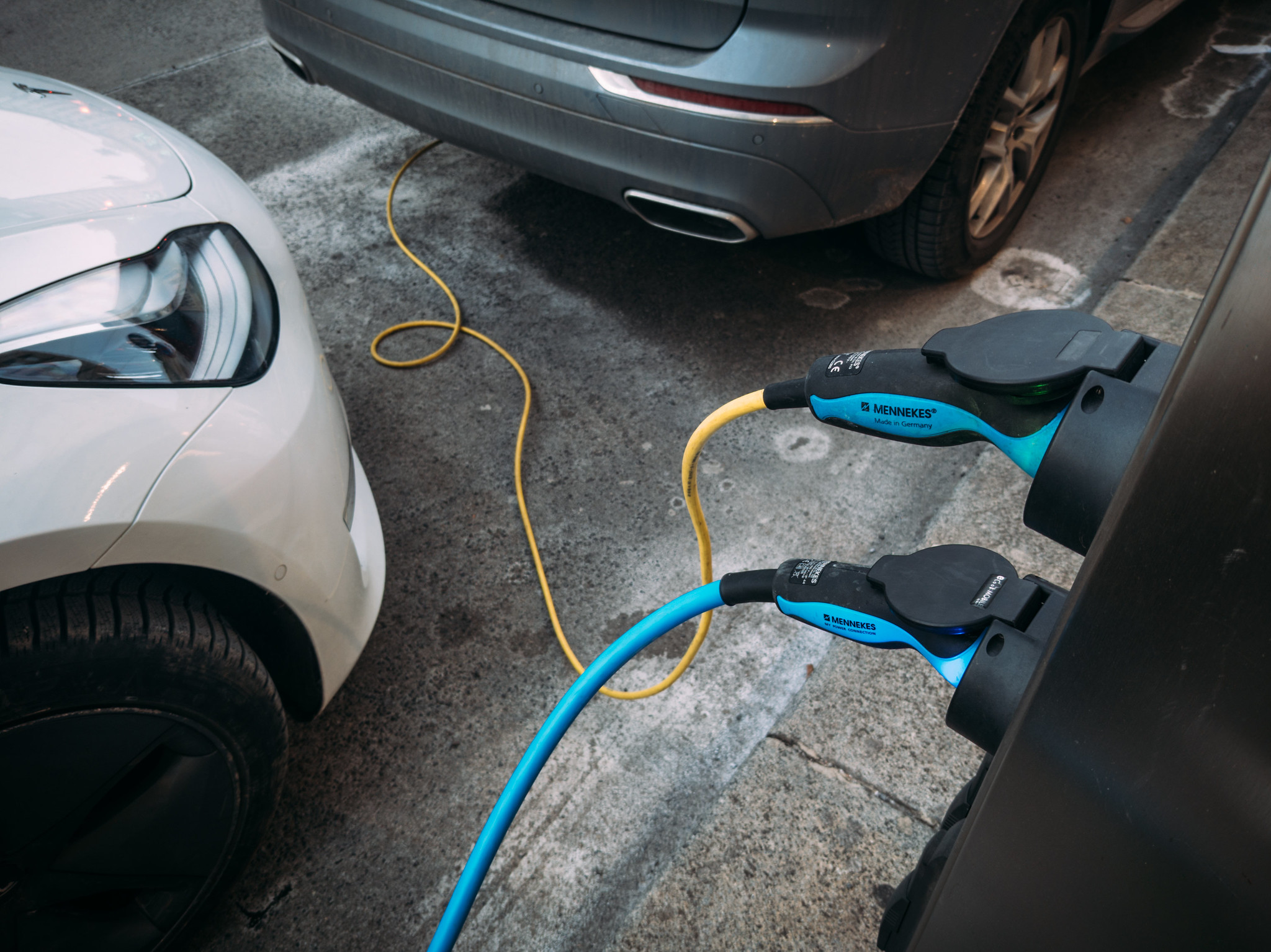This article was written by Todd Myers, Environmental Director at Washington Policy Center, and Caden Rosenbaum, Senior Policy Analyst at Libertas Institute.
As Earth Day approaches and politicians and activists alike declare their concern for the planet, the reality is that government bureaucracy and red tape are undermining our ability to be good environmental stewards.
Two years ago, Congress allocated $7.5 billion to help reach a goal of 500,000 electric vehicle charging stations nationwide. Yet, as the Washington Post reported last month, only seven have so far been built.
Rather than creating new bureaucratic programs, what is needed most is a multi-faceted approach that utilizes the dynamism of industry and private investment.
Fortunately, some states are already leading the way to unleash innovation in hopes of solving difficult environmental problems.
In 2023, Connecticut launched its Innovative Energy Solutions program to help achieve their decarbonization goals by creating technologies that empower people to save energy, save money, and cut CO2 emissions.
It is already yielding new ideas.
KrakenFlex works with customers to meet their electricity needs by using technology to provide energy when costs are low. If a customer needs their EV to be fully charged by 7 a.m., KrakenFlex can schedule charging in the early morning when prices are low. If the customer needs their EV charged in an hour, the system can charge it immediately, regardless of price. “Protecting the customer is key,” says Heather Williams of KrakenFlex.
Another company in Connecticut’s IES is Piclo. Piclo’s strategy is to pay customers to conserve energy by selling the electricity in their EV batteries back to the power grid when customers don’t need it as much as local utilities do. Piclo says their focus is identifying cost-effective alternatives to backup generators. Finding slack resources, such as unused EV batteries, prevents the need to build new, expensive generators.
Both companies have already had success in the U.K. where there is more governmental flexibility. Connecticut’s regulatory sandbox is helping bring that innovation to the United States. Without the sandbox, neither company would have had that opportunity.
But our environmental challenges are about more than energy, and the underpinnings of the IES apply to a wide swath of areas ripe for innovation.
The concept behind the Connecticut IES, known more generally as a “regulatory sandbox,” is aimed at helping state regulators work with innovators to identify rules that make it difficult to build and operate. State regulators use this unique relationship to temporarily waive or modify regulations in exchange for closer communication and data sharing.
The thing that sets Connecticut apart is that it is the first “energy sandbox.” Connecticut’s IES sandbox shows the potential to accelerate environmental innovation and others are taking note. As other states have explored, sandboxes can be used to improve many other facets of the environment that are key to a healthy ecosystem, and ripe for regulatory reform.
Responding to a deficit in salmon populations, for example, the Washington state legislature considered a regulatory sandbox to remove regulatory barriers to salmon recovery this year. This move was supported by salmon recovery activists, native tribes, and a bipartisan group of legislators. Although the bill was not passed, this effort is expected to reup next year, as momentum for these regulatory environments build.
The promise of regulatory sandboxes, even at the federal level, is their ability to work fast and create meaningful opportunities for progress that wouldn’t otherwise exist under the current regulatory framework.
As environmental issues become more challenging, the time we are afforded to clutch our pearls over regulatory control is quickly coming to an end. What’s needed now, more than another overly-cautious government regulation, is a sandbox for innovators – working proactively with regulators to solve this enormous challenge.








